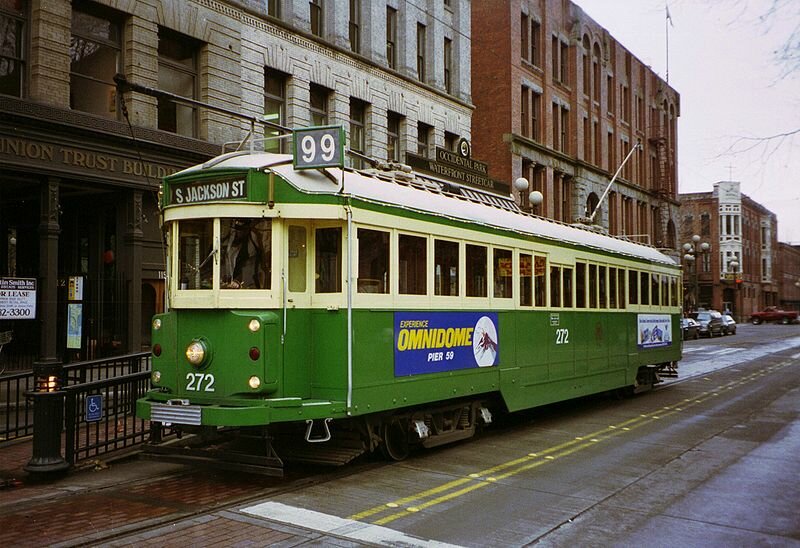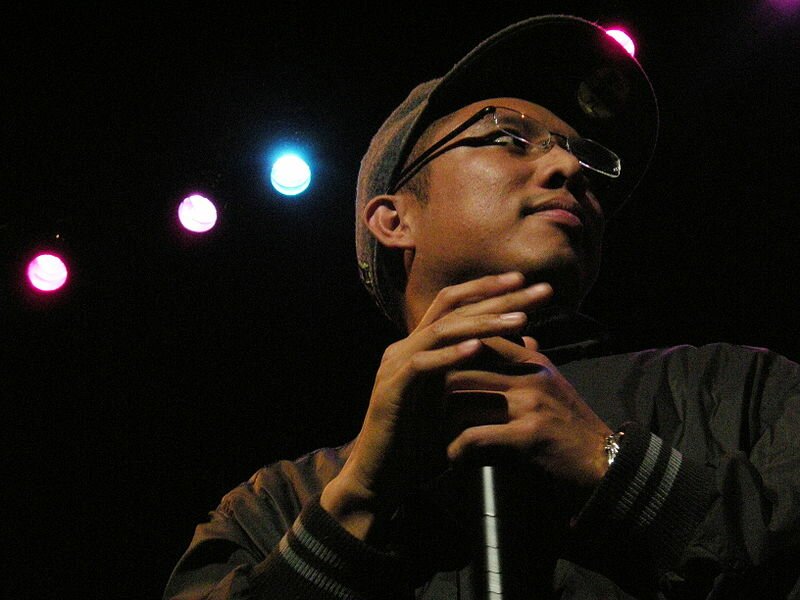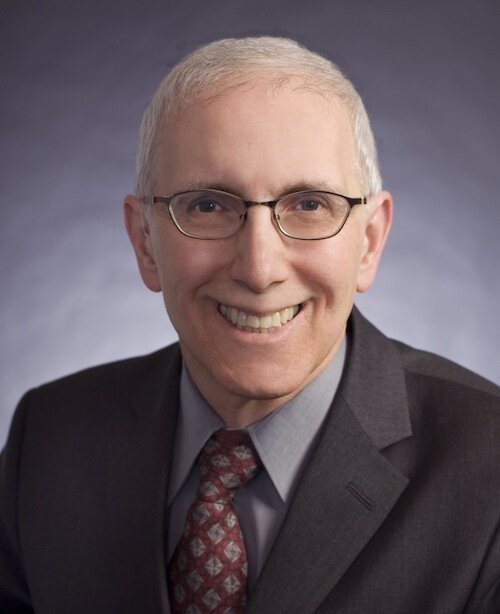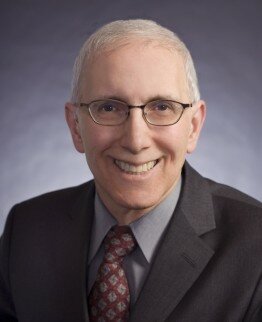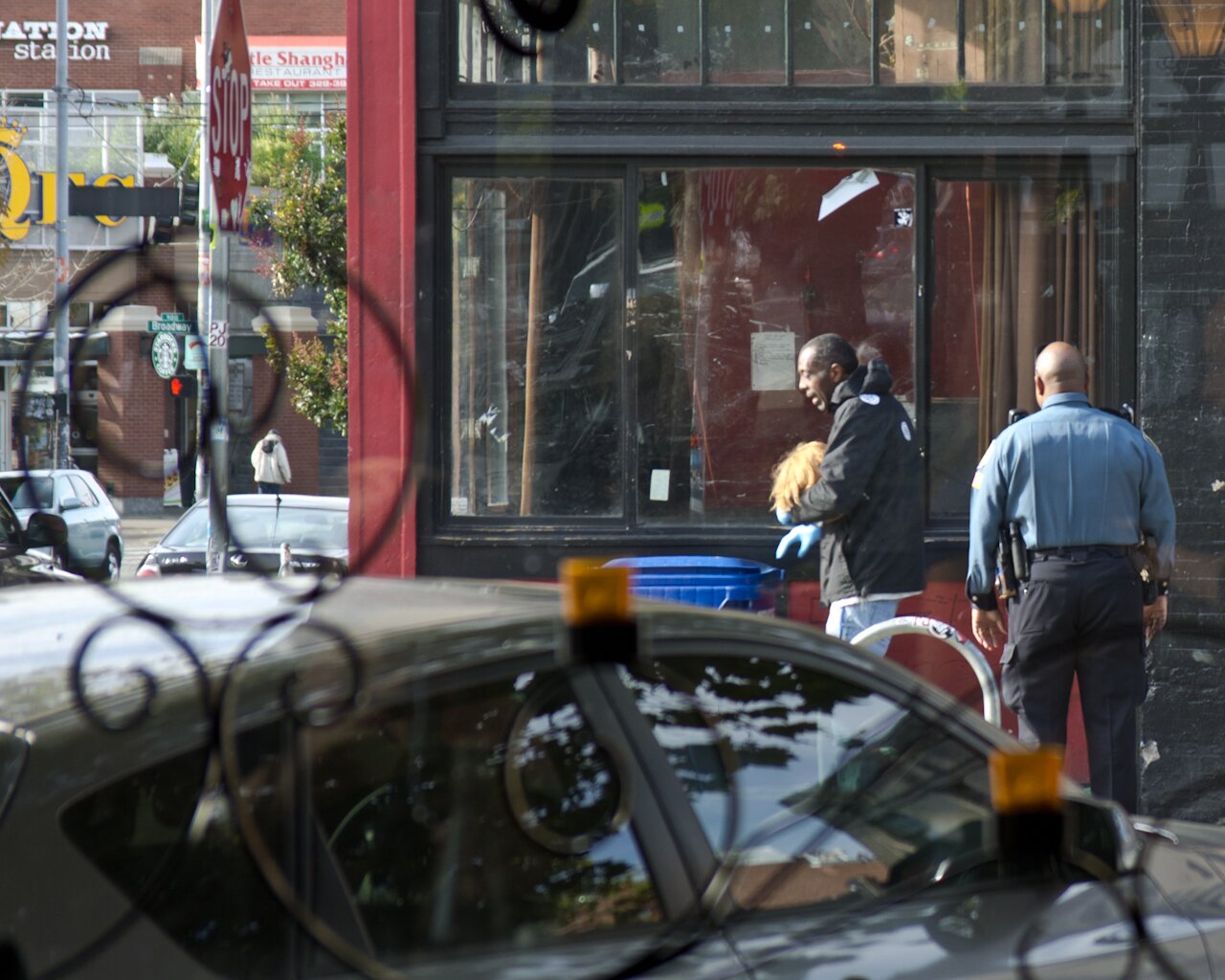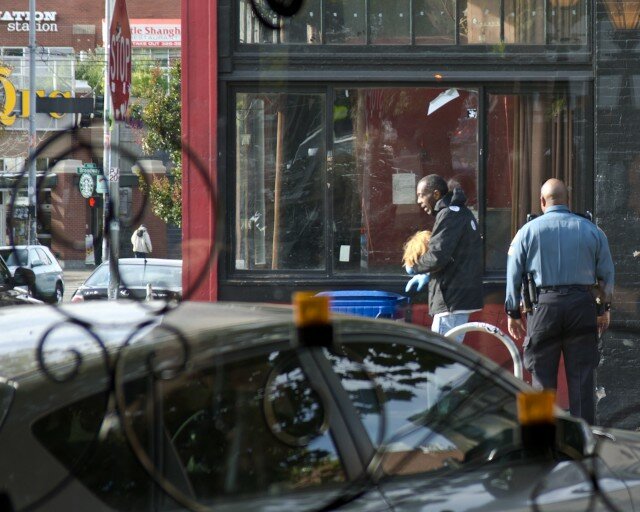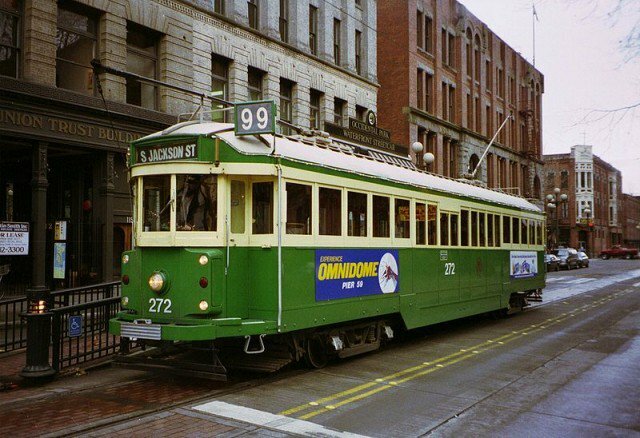
Of all the great ideas floating around for the renovation of Seattle’s waterfront, the decision that seems most willfully destructive is the refusal to consider bringing back the waterfront streetcar line. When asked, architect James Corner has said it makes more sense to run a streetcar down First Avenue, but has so far not argued that point persuasively.
Alarmed by the potential sale of the mothballed cars, streetcar supporters are making a new push. The Save Our Streetcar group is asking for public support at a July 12 waterfront design meeting (5:30 p.m. in the Exhibition Hall at the Seattle Center). They also have a petition you can sign.
Seattle Times columnist Danny Westneat has been trying another tack — one near and dear to my heart — of trying set a fire under a local, motivated moneybags: Could the new arena builders get on board?
“I didn’t hear a peep of support from anyone named Schultz, Ballmer or Hansen. Or from a McGinn or a Constantine,” writes Westneat. (I know the feeling, Danny.) How about the owner of Dave’s Appliance Rebuild instead? He wrote in to tell Westneat he’d pay to keep the cars in Seattle, at least.
In a story about the grassroots streetcar movement, a former Metro director told KING TV: “It would be a shame, putting it bluntly, for us to work to produce the kind of waterfront park we’re going to have with the opportunity to use streetcars, only to find that they were gone.”
Not so long ago, the George Benson Waterfront Streetcar was lauded — even extended in the early ’90s. But the construction of the Olympic Sculpture Park “required” the removal of their maintenance barn, and the line was shut down in 2005. Not to worry, residents were told, it’s just temporary, until a new barn can be built.
“The duration of the shutdown is unclear, as details were sketchy yesterday as to when a new barn would be completed in Pioneer Square,” reported the Seattle Times, ominously, in 2005. Then in 2007, the City Council unanimously passed a resolution to put a new streetcar maintenance facility in a new, mixed-use development, but…you remember how the rest of 2007 turned out. That development didn’t happen, the recession dragged on, the streetcars stayed in storage.
Does it feed more than nostalgia to entertain the idea of bringing back these particular waterfront streetcars? Yes. The line was a success for twenty years, and the infrastructure for it remains in place. Though most of the track runs along the waterfront, the .4-mile extension takes riders to the International District, where they can transfer to Central Link Light Rail or King Street Station’s Amtrak trains, or walk to the stadiums.
In short, it’s perfect for tourists — the 90-minute transfer let you hop on and hop off at points of interest. With Seattle’s booming cruise ship industry and waterfront congestion expected for the next several years, it would be canny to provide a very popular transit system to help fill the gaps. That’s without getting into the cultural import of the streetcars — it remains a deep irony that a museum’s sculpture park not only displaced a great way to bring people to the park, but displaced working history as well.
